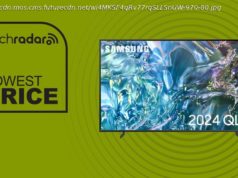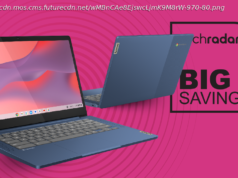It might be a new year, but for Microsoft the challenges are likely to feel very familiar. Forget all those lean startups. The real competition comes from Apple and Google, and it’s not clear how Microsoft can fight back.
Playing the prognostication game isn’t easy. Just ask the prominent “Silicon Valley guru” who confidently predicted 10 years ago that Microsoft had only six quarters left before it would start a rapid descent into failure. “Microsoft is the living dead. Microsoft is a standing joke now in the technology business,” he said in mid-2011. His advice to Microsoft’s corporate board? Your company needs to be more like IBM, he suggested. Buy Nokia, fire thousands of employees, and replace your CEO. In short, Microsoft should “reinvent itself.” So, how’d that work out? A decade later, even after failing spectacularly with its Nokia purchase, Microsoft is the second-largest company in the world, with 25 times the market capitalization of IBM. No reinvention required. The moral of the story is that it’s never smart to write off Redmond as out of touch and slow. And yet, as we head into 2022, the company faces challenges that are remarkably similar to those it confronted back then, from the same two competitors that it faced 10 years ago, Apple and Google. Can an older, larger Microsoft work the same magic that has kept it at the top for so long? Microsoft’s been competing with Apple on the desktop for decades, and the overarching narrative hasn’t changed much in that time. The Mac is favored by creative professionals, who are willing to pay a premium for Apple-branded hardware, while the PC industry sells 8 to 10 times more Windows computers, mostly for use in business. As long as both hardware platforms were driven by the same Intel-compatible CPUs, that was a predictable dynamic. But Apple has completely upset and reset the market with its new Macs, which are powered by new, proprietary CPUs from the M1 family.






